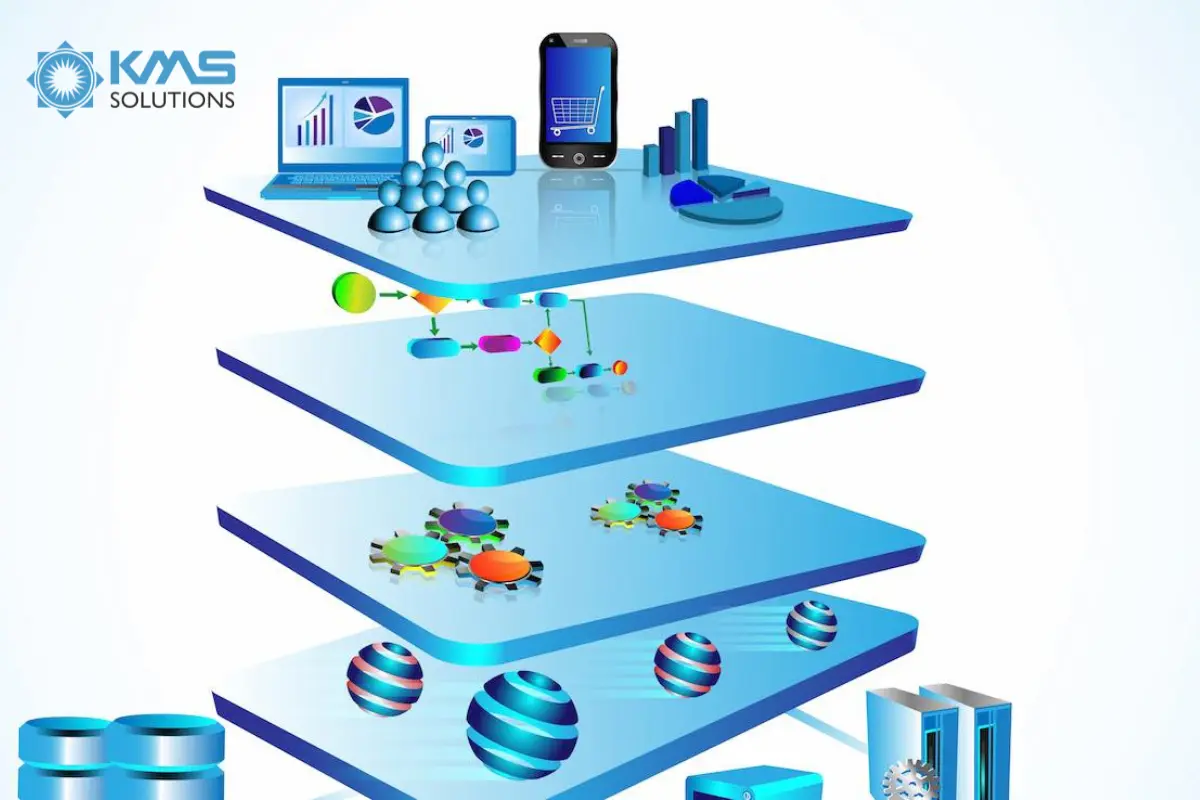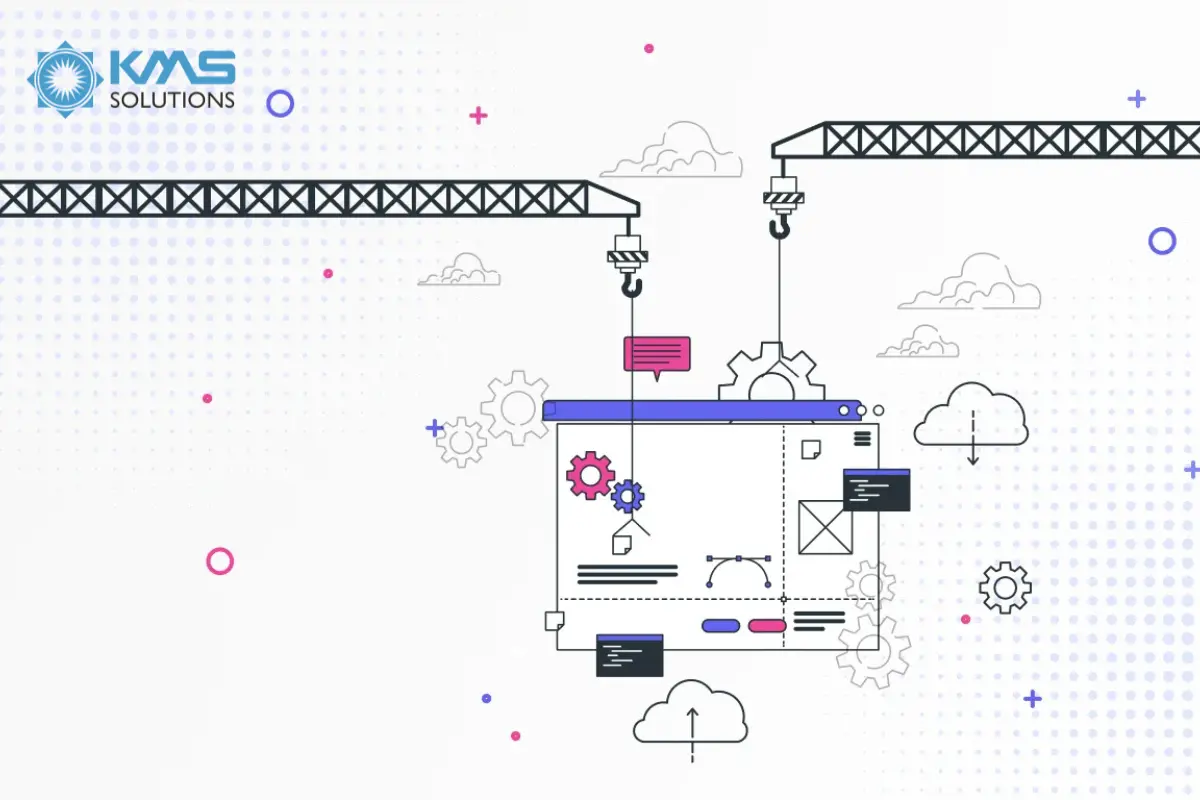In the ever-evolving world of software development, one of the fundamental decisions every developer faces is choosing the right architecture for their application. Among the different architectural patterns, monolithic architecture has been a traditional favorite. Despite newer trends like microservices gaining traction, monolithic systems continue to be a robust solution for many organizations.
In this blog, we will explore what monolithic architecture is, how it differs from microservices architecture, its advantages and disadvantages, and why it may still be relevant for certain applications today. Lastly, we will offer insights into how businesses can navigate these choices to optimize their software delivery.
What is Monolithic Architecture?
Monolithic architecture is a software design pattern where all components of an application are tightly integrated into a single unit. This means that the user interface (UI), business logic, and database interactions all exist in one codebase, and are deployed as a single executable or application.
In a monolithic architecture, everything is interconnected, and often, developers must work within one large code repository. The entire system is launched as a single service, and any changes or updates affect the whole application. While it has certain simplicity benefits, monolithic architecture also presents challenges when scaling or adapting to new requirements.
Key Characteristics of Monolithic Architecture:
- Single codebase: All components live in a unified codebase.
- Unified deployment: The application is deployed as one single entity, meaning you can’t scale or update parts of it independently.
- Tight coupling: Various features and components of the application are interconnected, meaning changes in one part can have ripple effects across the entire system.
- Centralized data management: Often, the data is managed in one large database.
Monolithic architecture was the standard in software development for decades because of its simplicity in development and deployment. However, the increasing complexity of modern applications has led to alternatives such as microservices architecture gaining popularity.
Pros and Cons of Monolithic Architecture
Advantages of Monolithic Architecture:
- Simpler Development and Deployment: With one unified codebase and one deployment, teams don’t need to manage multiple services or deployment pipelines.
- Faster Prototyping: When you’re starting out with a smaller application, monolithic architecture allows for rapid prototyping and early releases.
- Easier Testing: Testing can be straightforward as you’re working with a single application rather than multiple services that might require separate testing environments.
- Fewer Cross-Communication Complexities: With all components in the same process, developers don’t have to deal with issues that come with distributed systems such as network latency or service failures.
- Lower Initial Costs: Since everything is centralized, the initial investment in terms of infrastructure and resource allocation can be lower than for microservices.
Disadvantages of Monolithic Architecture:
- Limited Scalability: As applications grow, monolithic architecture becomes harder to scale. Scaling a monolithic application often requires replicating the entire system, even if only one feature is under heavy use.
- Slower Development Over Time: As the codebase grows, the complexity of adding new features, fixing bugs, or implementing changes increases, leading to slower development cycles.
- Difficult Maintenance: A large, monolithic codebase becomes challenging to maintain, especially as more developers contribute. Changes in one area can inadvertently break another.
- High Risk of Failures: Since everything is interconnected, failure in one part of the system can lead to the whole application crashing.
- Deployment Bottlenecks: Updating even a small part of the system requires redeploying the entire application, increasing downtime and operational risk.
Read more: Top 9 Trending Software Development Technologies in 2024
Monolithic Architecture vs. Microservices Architecture
Monolithic vs. Microservices: A Comparison
Aspect | Monolithic Architecture | Microservices Architecture |
Codebase | Single, unified | Multiple, independent services |
Scalability | Harder to scale; scaling means replicating the entire system | Easier to scale individual components |
Deployment | All components deployed together | Each service can be deployed independently |
Fault Isolation | Issues in one area may affect the entire system | Faults are contained within a single microservice |
Development Speed | Easier to develop initially, but grows more complex over time | Initially complex but faster with time and specialization |
Resource Efficiency | High resource usage, as the whole system is often running at all times | Efficient as only required services are running |
Communication | Internal, often in-process method calls | External, through APIs, often over HTTP |
Data Management | Centralized database | Decentralized, with services managing their own data |
Technology Flexibility | Restricted by the stack chosen for the entire application | Flexibility to use different tech stacks for different services |

When to Choose Monolithic Architecture Over Microservices
Despite the buzz surrounding microservices, monolithic architecture is not obsolete. In fact, there are many scenarios where it is the better option, such as:
- Small to Medium-Sized Applications: If your application is not overly complex and has limited functionality, a monolithic approach can save time and reduce operational overhead.
- Tight Deadlines: If you’re working on a time-sensitive project, developing and deploying a monolithic app is often faster than building out a microservices-based architecture.
- Limited Resources: If your team is small and can’t afford the complexity of maintaining multiple microservices, then a monolithic system may be the way to go.
- Simple Business Models: For straightforward applications that don’t require a high degree of flexibility or scalability, monolithic architecture is often sufficient.
The Case for Microservices Architecture
However, as applications grow and business requirements evolve, transitioning to a microservices architecture becomes a logical next step. Microservices allow for greater flexibility, easier scaling, and faster innovation. They are particularly beneficial for large-scale applications with multiple, independently evolving components.
For businesses dealing with high traffic, complex domain models, or constant feature releases, microservices provide the flexibility to make isolated changes and deploy them independently. This improves fault tolerance, speeds up development, and reduces the risk of breaking the entire system.
The Future of Software Architecture: Combining the Best of Both Worlds
While monolithic architecture and microservices are often presented as opposing forces, many organizations are finding a middle ground. Some businesses start with a monolithic design for simplicity and ease of management, and then gradually break out specific parts into microservices as the need arises.
This approach, sometimes called the modular monolith, allows organizations to avoid the upfront complexity of microservices while still setting themselves up for eventual growth. By adopting a modular approach to software design, businesses can enjoy the benefits of monolithic simplicity early on, and gradually transition to a microservices-based system when necessary.

Conclusion
Choosing between monolithic architecture and microservices is a critical decision that depends on your business’s specific needs. Whether you’re building a new application or scaling an existing one, making the right architectural choice can significantly impact your performance, scalability, and development speed.
At KMS Solutions, we specialize in helping businesses design, build, and optimize software architecture that aligns with their goals. Whether you’re looking to simplify with a monolithic system or need the scalability of microservices, our experts can guide you every step of the way.
By clearly understanding the strengths and limitations of both architectural styles, businesses can navigate the challenges of modern software development and build systems that are robust, scalable, and future-proof.







